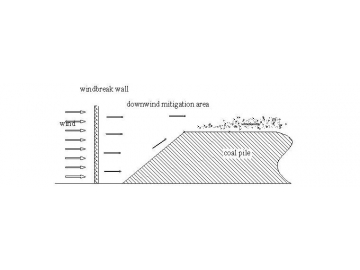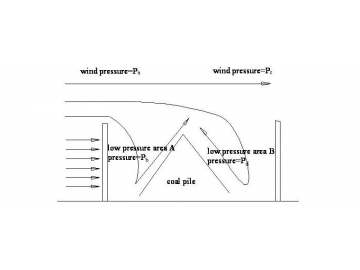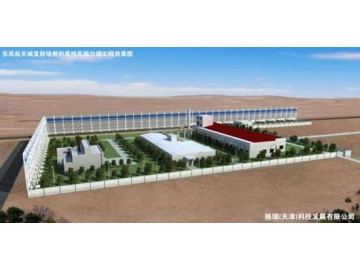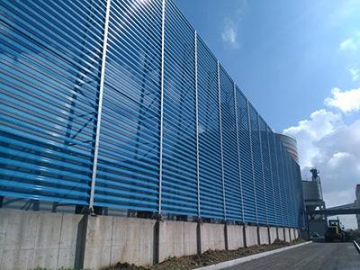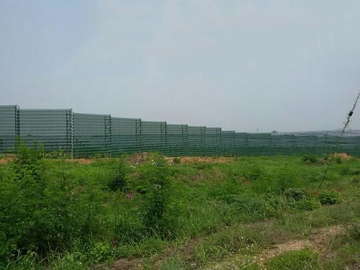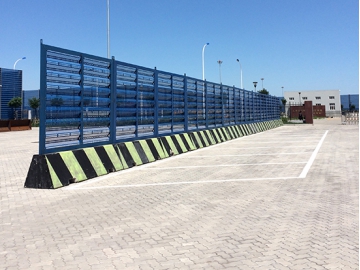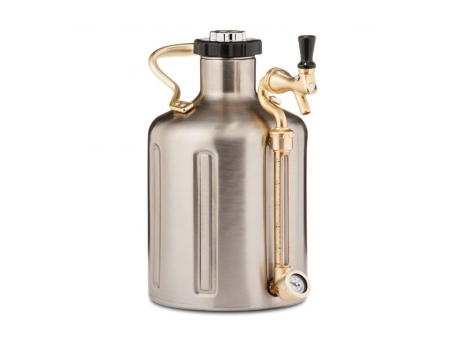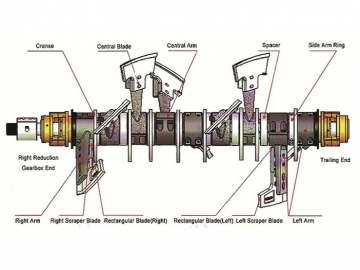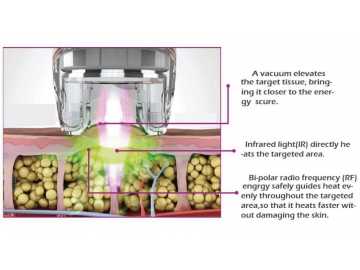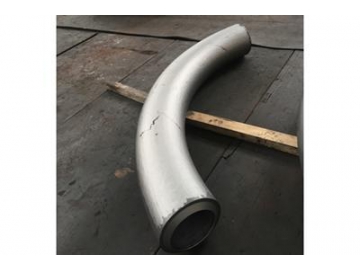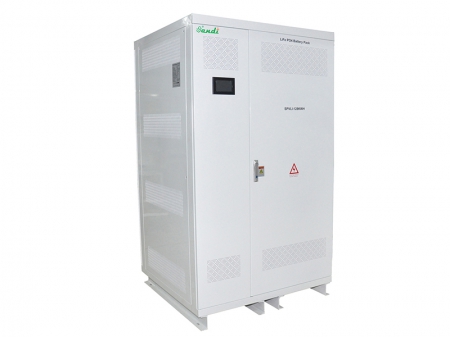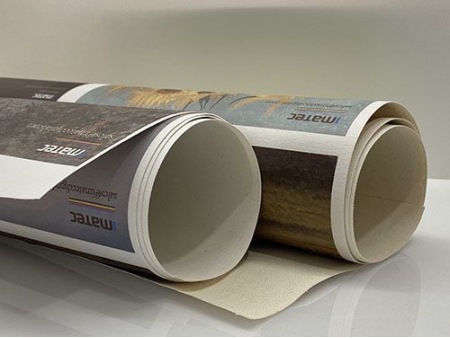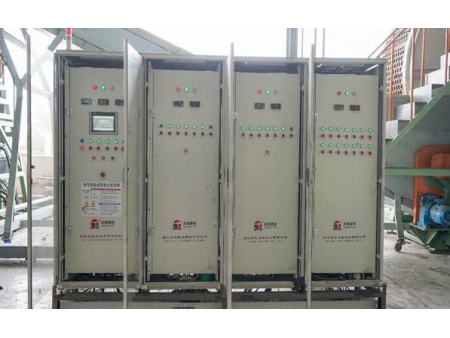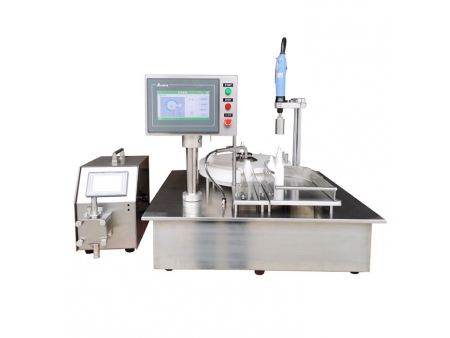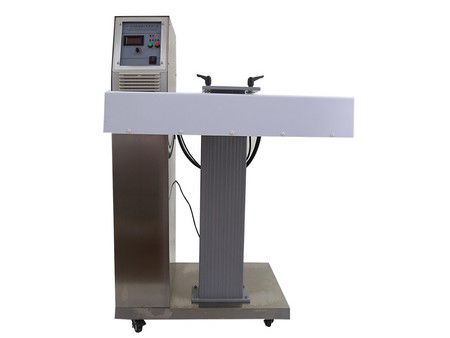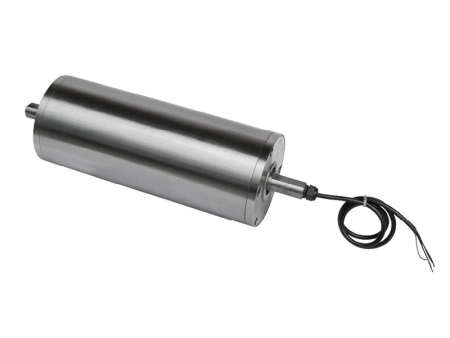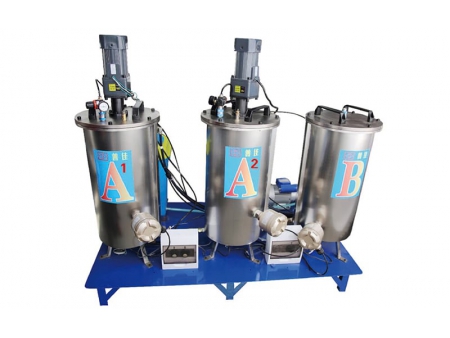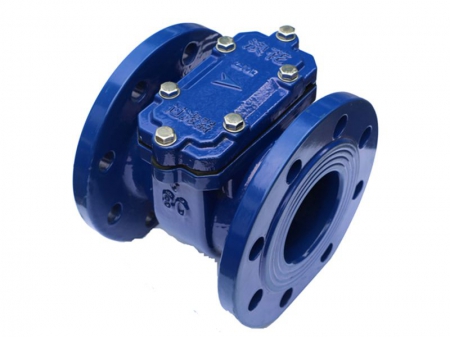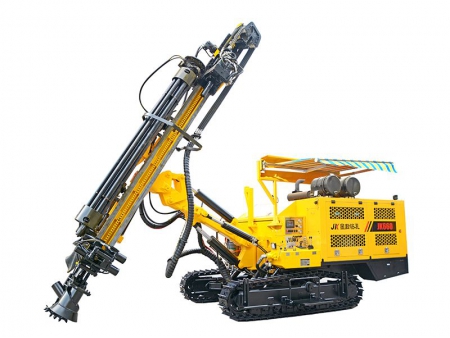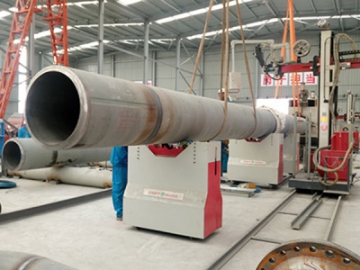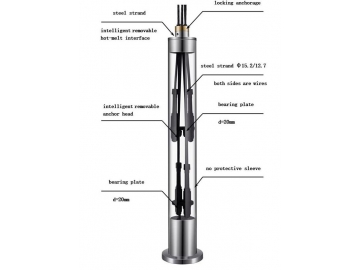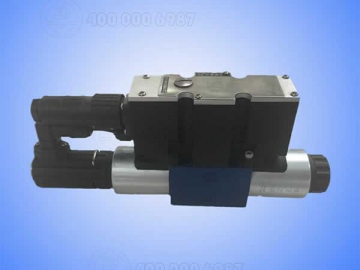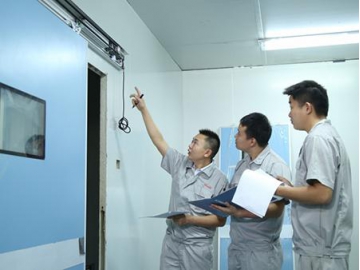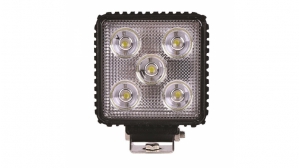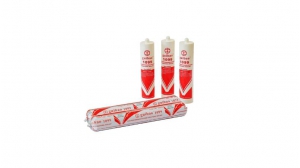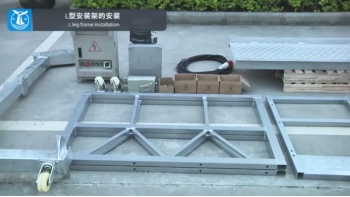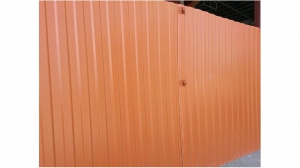How windbreak wall work?
The steel windbreak, dust suppression system mechanism is directly related to the dust drift, diffusion and deposition of the bulk yard. A steel windbreak and dust suppression wall can control and improve the airflow field of the bulk yard, by reducing the wind speed and turbulence intensity. When a strong wind meets the net, only part of it can pass through, so the mechanical energy weakens and converts to low speed airflow. At the same time, the large-scale and high-strength vortex of this part of the wind is attenuated to small-scale and weak intensity vortex. When the wind of low speed and turbulence intensity passes the bulk yard, the new airflow field of the yard area is formed, coming with low wind speed gradient, low-speed rotation, weak vorticity and turbulence intensity reducing the dust diffusion in the lower place of the bulk yard.
Figure 1. Windbreak Wall Mechanism Figure 2. Dust Suppression Wall Mechanism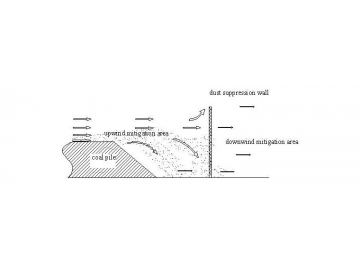
By the means of aerodynamic laboratory research and field measurement, we can analyze the difference between the pressure and flow direction of the airflow that passes through the solid wall and steel windbreak and dust suppression wall respectively. Therefore, the steel windbreak, dust suppression system mechanism can be easily revealed from the data comparison.
When the masonry wall is used as a wind shield, the aperture opening ratio of the wall is zero. On the condition that Pa> Pb, Pc> Pd, the A and B areas will become low pressure area, and the wind direction will deflect downward, making the B area that is behind the coal pile the vortex and causing dust. Analysis is shown in Figure 3.
Figure 3. Masonry Wall Mechanism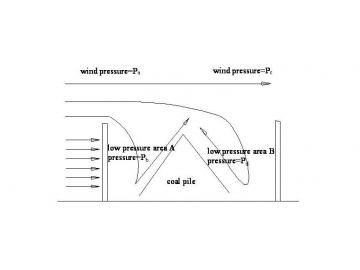
When the steel windbreak and dust suppression net is used as the wind shelter, the perforated net ensures certain aperture opening ratio and the wind can pass through the wall. In A area, Pa=Pb,V2≤V1/2, the wind is not strong enough to cause dust. In B area, the airflow cannot bounce, so it won't form vortex that is coming with strong turbulence and vertical air disturbance reducing or avoiding the dust diffusion of the coal pile. Analysis is shown in Figure 4.
Figure 4. Steel Windbreak and Dust Suppression System Mechanism

